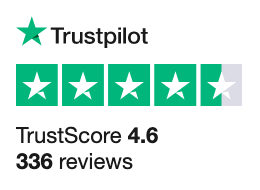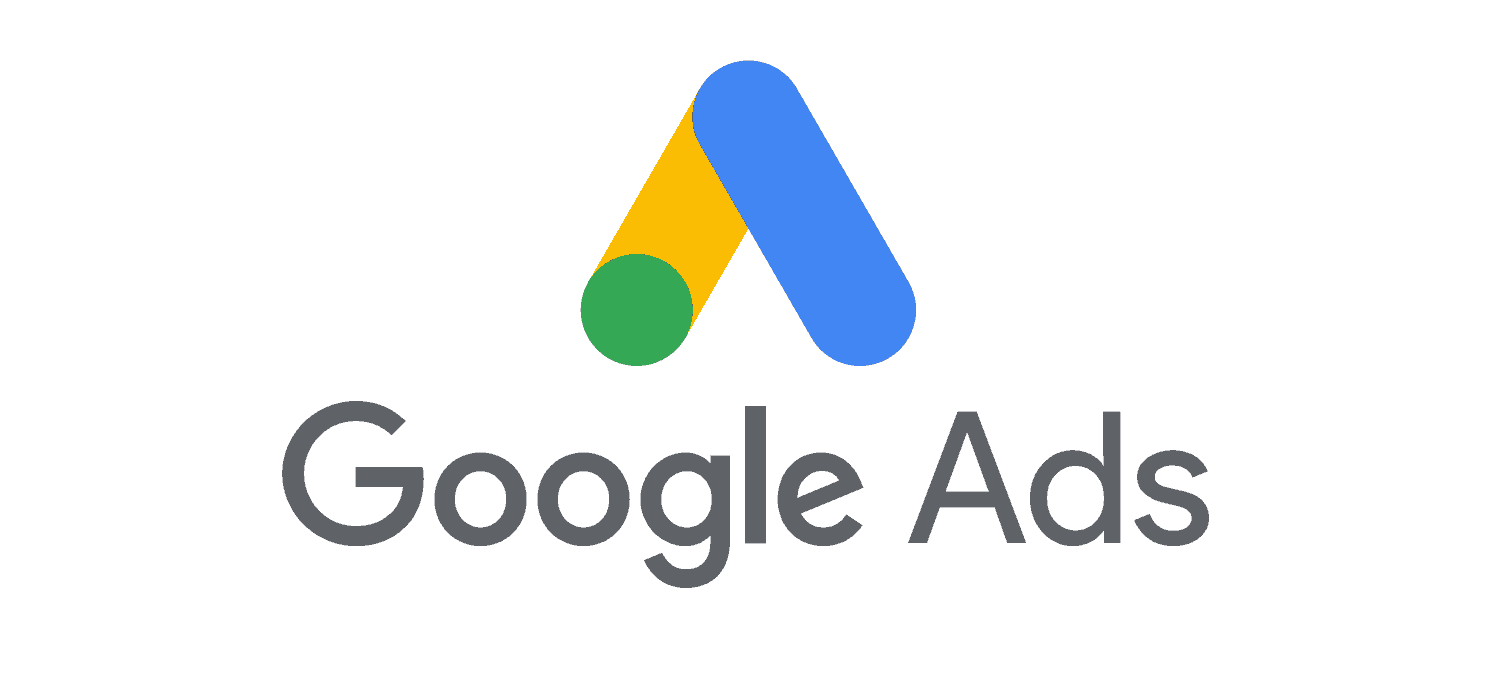We’re the masters of selling products online.
We have the reputation to prove it. Our TrustPilot, Inc. 5000 Award, Google Partner Badge, Shopify Badge, and Amazon Badge say it all.
eCommerce Best Practices (by FME)
FountainheadME’s Basic Best Practices for eCommerce
Over time, FountainheadME has cultivated a set of solid principles for building, renovating, or rehabilitating an eCommerce store. We provide them below, listed in basic order of priority. While not an exhaustive list, this details FountainheadME’s fundamentals for generating financial benefit for our clients.
1. Design and conversion must work hand in hand.
Having a great visual design is what will make people stay on your site. Having a great conversion design is what will make people buy.
Because conversion and design meet at the point of user behavior, we can improve the three most universal principles of user experience:
The site must load quickly.
The site must work smoothly on the device the user is using.
The site must have an intuitive flow of user interaction.
That is why we focus on site load impediments, responsiveness and device compatibility, engineering the user interactions required by the site (scrolling, clicks, page loads, text to read, navigation logic, etc.). In eCommerce, designing a site for conversion is just as essential as visual appeal.
2. Nothing is more expensive than cheap images.
It is scientifically proven that images have the most immediate and profound impact on sales. Good images are typically not good enough - you need GREAT images taken by an experienced photographer who is equipped with professional lighting and lenses. Have at least 5 images showing all aspects of the product and include lifestyle images if appropriate. Each image should be free of distracting or unappealing details, and should emphasize the unique selling propositions of the product.
3. Pick the right platform.
Shopify and other WYSIWYG eCommerce platforms have appealing features such as ease-of-launch, support, and extensions for handling various required features. They are suitable for proof of concept or low revenue businesses because the entry cost is low. However, the ongoing cost is high, and a vendor can become trapped by the inflexibility of the solutions they provide. If revenue exceeding $1MM per year is your expectation or goal, or if significant growth is a forecast for your sales, then a framework facilitating more customization will become essential. We find that WooCommerce has more flexibility than Shopify, but that a custom site build is frequently the best possible way to ensure that you have the necessary ownership and functional flexibility. A Shopify website is essentially a rental. It’s great because you aren’t responsible for everything, but it is not a depreciable asset, and it is subject to Shopify’s policies, platforms, and app environment. We can tell you from working on hundreds of Shopify sites that functionality is limited when coming to advanced measurement and conversion optimization. If you’re still in the proof-of-concept phase then Shopify is an ideal choice, otherwise consider a more scalable solution that doesn’t take a piece of your profits.
4. Gear the site for paid traffic above all.
On a well-marketed site, traffic will come from many sources but most will come from paid sources. On average, paid traffic produces visitors more determined to make a purchase than organic traffic does. Use content and design strategy (noted above) to enforce that users follow those pathways. Keep distractions to a minimum, create pathways for users to follow through the site. Don’t allow these visitors to overthink the purchase process; remove difficulty from all interactions; build trust and rapport through helpful guidance; above all, ALWAYS cater to impulse - enabling quick purchases is the surest way to generate conversion and reduce cart abandonment.
5. Be a data scientist.
Record site performance based upon consistent metrics; note performance changes and correlate them with campaigns and associated changes to the site. Differentiate signal from noise; cultural events, times of year, and unexpected market changes have an impact on performance that obscures the relative effectiveness of a campaign. Implement a change you want to study and make no other changes for a predetermined amount of time, such as 2 weeks. Larger data sample sizes stabilize results. Compare the change in question to the previous period of equal duration. Are conversions up? Is ROAS up? The data you record from these experiments will tell you how your users and traffic generators are assessing your site. The more diligent you are about adhering to the scientific method, the better you’ll do. Organize your data in a spreadsheet. Practice extreme discipline and interpret data properly.
6. Establish your break-even ROAS and its elasticity.
Return on ad spend (ROAS) is the bottom-line of paid advertising. Use internal financial goals and Cost of Goods Sold (COGS) to accurately determine your break-even ROAS. This is the revenue necessary to fully offset COGS and ad spend. Everything above this number is profit. The use of break-even ROAS doesn’t end there. Revenue above break-even ROAS, comes at a cost in unit sales volume. You must find the point of diminishing returns between break-even ROAS and unit sales to maximize your profit in dollars.
7. Test your price elasticity.
Almost all consumer products are subject to ‘Elasticity of Demand.’ This is an economic principle holding that an “elastic” product will sell more units when pricing is decreased and less when pricing is increased. Somewhere in your price spectrum is the ideal ratio between volume and margin where you make the most profit. We call this the point of diminishing returns (PDR). It is a central goal of ours to identify this golden ratio. The calculus of this ratio is such that Your product’s PDR could be above or below its current price; it may even have more than one PDR. Through careful testing and calculation, you can find your PDRs and price for profit. But remember, when a change happens (like getting better reviews) your PDR should be retested as many factors influence product profitability.
8. Become a pay-per-click master.
Pay-per-click advertising can make or break your business. It is a powerful solution that requires critical thinking, researching, and testing. If done poorly, you can quickly waste money and destroy profit margins. Similarly, abandoning a campaign too soon can block sustainable revenue growth. However, correct strategy and implementation can create a steady stream of relevant, highly-convertable traffic and new customers (see point 4 above).
Check out what our clients say.
We fuse the art of sales with science.
To win at eCommerce, Amazon or traditional, a seller needs both intuitive understanding of buyer behavior and application of complex mathematics. People skills can only get you so far. Numbers express exactly the how, what, when, and where of buyer behavior. It’s our job to interpret these numbers using calculus and experience to answer who the customers are and why they buy. Once we define and understand the audience, we can target and sell to them with scope and precision.
We aren’t freelancers. We’re a team of the best eCommerce minds in the industry. Our expert full-service Amazon account managers, online marketers, UX/UI specialists, and full-stack developers will serve your needs with cohesive, data-driven strategy and unparalleled technique.














